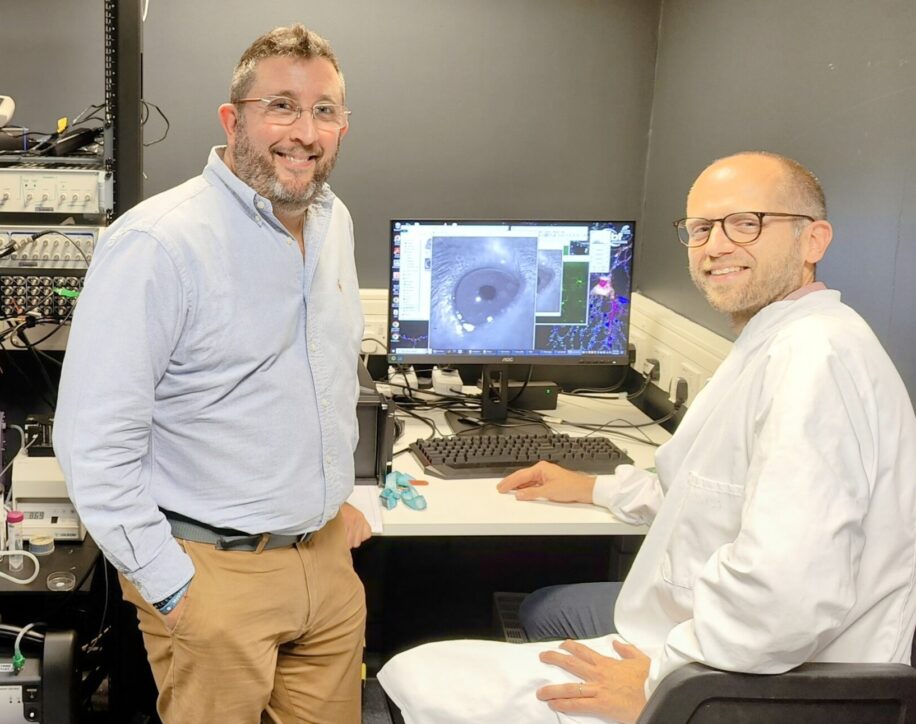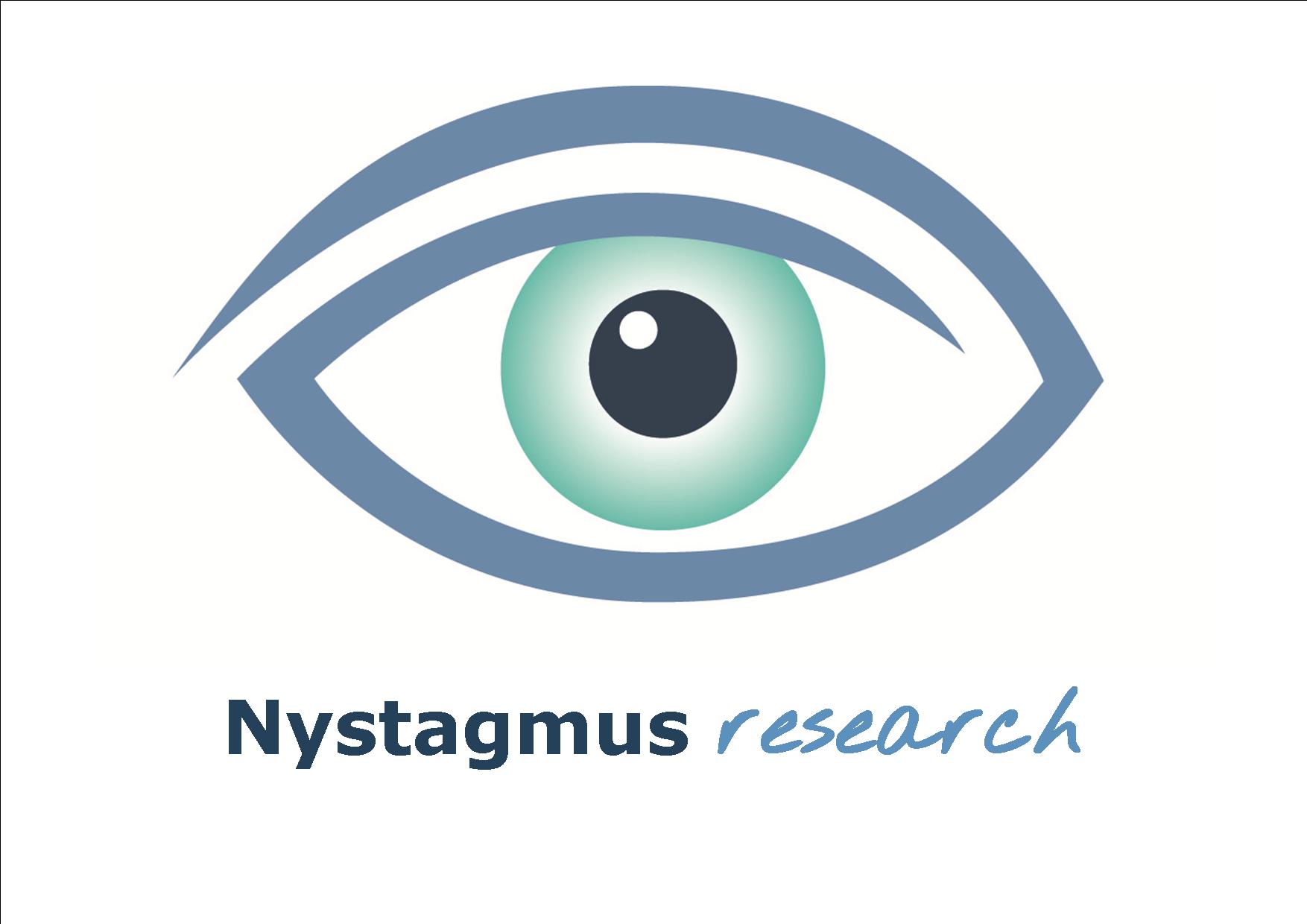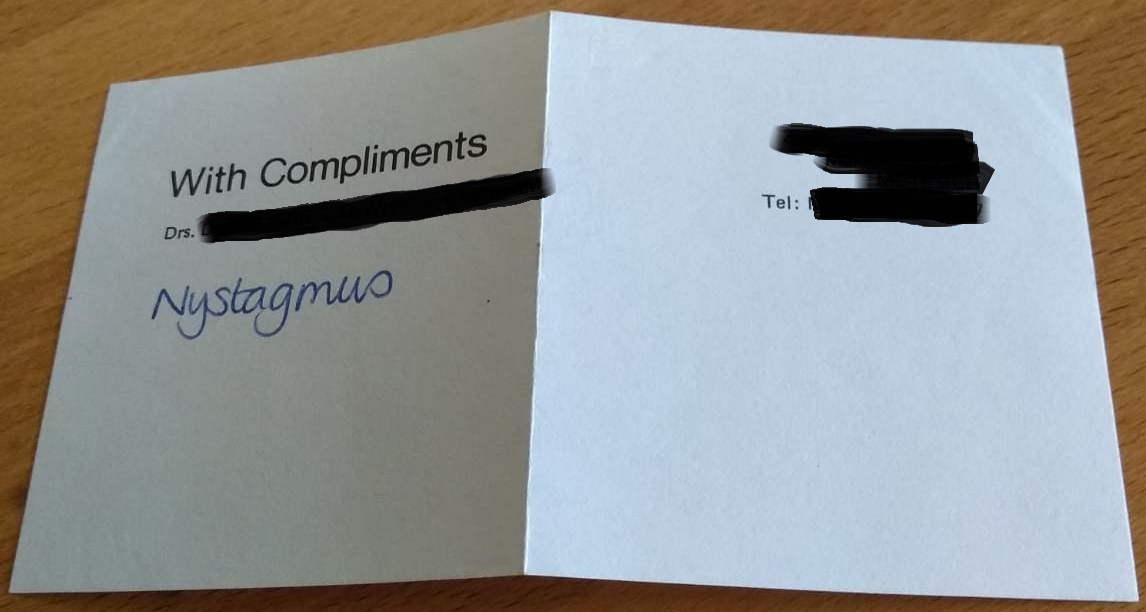Gene Vision launched to support those diagnosed with genetic eye diseases
London, 01 December 2020
A new website, Gene Vision, has launched today, developed by Professor Mariya Moosajee and Dr Alex Yeong, supported by Dr Peter Thomas (Director of Digital Innovation at Moorfields Eye Hospital). The new site is intended for adults, children and their families who are diagnosed with rare genetic eye diseases.
The site includes in-depth condition-specific information for patients and their families as well as current research and clinical trials. It will also act as a resource for clinicians and allied healthcare professionals who are diagnosing patients, as well as those in earlier career stages learning about the conditions themselves. In addition, it is anticipated that the site will be used by GPs and other referring specialists so that they can learn more about their patient’s condition quickly and easily, whilst understanding how to provide the best care plan.
Genetic disorders are rare, but together they affect 1 in 25 children in the UK1, and contribute to more than 60% of blindness among infants worldwide2. Inherited retinal diseases are the commonest cause of blindness among working-age adults generating a huge burden for those with the disease and their families.3
“It can be devastating for those receiving rare genetic diagnoses, and frequently patients are not provided with the accurate information they need. Unfortunately, there is also a lack of professional knowledge so patients are not always signposted to relevant resources for information and support, or offered the appropriate investigations, nor information on the latest research and trials, which could really benefit them in the short and long term,” says Professor Moosajee.
“Families deserve to know whether the condition could reoccur in future pregnancies or be passed on to the next generation, or if there are clinical trials they could access. Receiving a genetic diagnosis can cause a great deal of anxiety and worry, hence we needed to develop a trustworthy open-access knowledge resource that complements other credible and accurate information already out there, like the Retina UK website.”
Gene Vision provides in-depth information on conditions and specific genes in a searchable format. There is opportunity to find out about the latest research, external support including specific charities. In addition, an overview of the eye anatomy is provided to give context for those without prior insight.
Gene Vision has been jointly supported and funded by the The National Institute for Health Research (NIHR) Biomedical Research Centre (BRC) at Moorfields Eye Hospital NHS Foundation Trust and UCL Institute of Ophthalmology and Retina UK, a charity which works for people with inherited sight loss. Key medical charities including Microphthalmia, Anophthalmia, Coloboma Support, Aniridia Network, International WAGR Syndrome Association, Nystagmus Network and others have also inputted on content.
The website has been tested by patients with differing levels of sight loss, who use a range of digital accessibility software and magnification devices, together with parents of affected children and health care professionals. It has also had formal design input by digital accessibility consultants who suffer from genetic eye disease themselves. This website is also mobile friendly and so can be accessed anywhere.
Dr Yeong who led on the project said, “I am really proud of what has been achieved with Gene Vision and I am excited to hear from some of the patients and their families who will benefit from it now.”
References
- Jeans for Genes; http://www.jeansforgenes.us.com accessed 17.11.20
- Cleveland Clinic; https://my.clevelandclinic.org/health/diseases/17130-eye-disease-inherited–genetic accessed 17.11.20
- Liew G, Michaelides M, Bunce C. A comparison of the causes of blindness certifications in England and Wales in working age adults (16–64 years), 1999–2000 with 2009–2010 BMJ Open. 2014 Feb 12;4(2):e004015.
Notes to editors
Professor Mariya Moosajee
Professor Mariya Moosajee is a Consultant Ophthalmologist in Genetic Eye Disease at Moorfields Eye Hospital and Great Ormond Street Hospital for Children. She is a Professor of Molecular Ophthalmology at UCL Institute of Ophthalmology, and Group Leader of Ocular Genomics and Therapeutics at the Francis Crick Institute in London. Professor Moosajee’s current clinical focus is providing a genomic ophthalmology service for children and adults affected with pan-ocular genetic eye disease. She also leads an active research group and is focused on both clinical research, which involves detailed characterisation of patient’s clinical features and natural history studies to understand disease progression and define outcome metrics for clinical trials. In the laboratory, she is advancing our understanding of the molecular basis of ocular maldevelopment and inherited retinal dystrophies. Dr Moosajee is the joint President of the UK Eye Genetic Group, sits on the Education and Academic committees at the Royal College of Ophthalmologists, and is the President of Women in Vision UK.
Mr Peter Thomas
Peter is the Director of Digital Innovation and a Consultant Ophthalmologist at Moorfields Eye Hospital. Clinically, he specialises in paediatric ophthalmology and strabismus surgery. He has been involved in digital health for many years, and his main interest is in driving the digital transformation of eyecare in the UK. His work supports the creation of new models of care, for example the recent deployment of video consultations and home monitoring at Moorfields, that are more convenient and more available for patients. He sits on a number of national committees and boards to drive this process agenda across all of ophthalmology and in the NHS more generally. His current research with the Moorfields’ Digital/Clinical Lab involves the assessment of environmental impact of healthcare, and the creation and implementation of clinically helpful artificial intelligence solutions.
Dr Alex Yeong
Alex is a fifth-year ophthalmology specialist trainee based at the Royal Victoria Hospital in Belfast, Northern Ireland. He graduated from University of Dundee in 2013 and remained there for two years to complete his foundation training. He moved to Northern Ireland in 2015 to commence his ophthalmology training, but spent the past year at Moorfields Eye Hospital in London creating Gene.Vision. Alex has an interest in retinal diseases and has been involved in various research projects, including a Cochrane systematic review on a form of investigative treatment for age-related macular degeneration, he has contributed to the Textbook of Genomic Ophthalmology by writing the chapter on inherited retinal dystrophies under the supervision of Professors Mariya Moosajee and Andrew Webster. He also organised and run a research clinic in Belfast recruiting patients with nystagmus into the 100,000 Genomes Project, which subsequently piqued his interest in genetics and applied to help create the Gene.Vision website. Alex believes that patient care can be enhanced by bridging the gap between patients and healthcare professionals through sharing clinical information in a comprehensive and easily-understood manner. The Gene.Vision website is created around this core value.
About NIHR Biomedical Research Centre at Moorfields Eye Hospital NHS Foundation Trust and UCL Institute of Ophthalmology
The NIHR Moorfields Biomedical Research Centre was established in April 2007 and awarded a third five-year term by the NIHR from April 2017. Its purpose is to conduct translational research that is designed to take advances in basic medical research from the laboratory to the clinic, enabling patients to benefit more quickly from new scientific breakthroughs. The Centre is currently one of 20 Biomedical Research Centres that were awarded to NHS/university partnerships with an outstanding international reputation for medical research and expertise, and experience of translating that research into the clinical setting. For further information, please visit www.moorfieldsbrc.nihr.ac.uk/
About Retina UK
Retina UK is a Retina UK is a CIO, Registered Charity Number: 1153851, working for people with inherited sight loss. They fund medical research to understand these complex conditions and speed up the search for treatments and provide information and support services to help more people lead fulfilling lives. Retina UK has funded more than £16.5 million of research into inherited sight loss conditions in its 43-year history. For further information, please visit www.RetinaUK.org.uk.
About Moorfields Eye Hospital NHS Foundation Trust
Moorfields Eye Hospital NHS Foundation Trust is one of the leading providers of eye health services in the UK and a world class centre of excellence for ophthalmic research and education. Our main focus is the treatment and care of NHS patients with a wide range of eye problems, from common complaints to rare conditions that require treatment not available elsewhere in the UK. Our unique patient case-mix and the number of people we treat mean that our clinicians have expertise in discrete ophthalmic sub-specialties.
We treat people in 32 locations in and around London, the south east and Bedford, enabling us to provide expert treatment closer to patients’ homes. We also operate commercial divisions that provide care to private patients in both London and the Middle East.
With our academic partners at the UCL Institute of Ophthalmology, Moorfields is recognised as a leading centre of excellence in eye and vision research. Together we form one of the largest ophthalmic research sites in the world, with the largest patient population in Europe or the USA. We publish more scientific papers than any other eye and vision research site and have an extensive joint research portfolio.
About UCL Institute of Ophthalmology
The UCL Institute of Ophthalmology (UCL IoO) delivers innovative ophthalmic research and education in partnership with Moorfields Eye Hospital. UCL is ranked eighth in the QS 2020 World University Rankings and rated as the top UK University by research strength. According to the 2017 Centre for World University Rankings, UCL IoO is the best place in the world to study ophthalmology. Part of the Faculty of Brain Sciences, UCL IoO attracts researchers and academics of the highest international calibre. The institute works with education institutions and hospitals around the world to help raise teaching standards and train the next generation of eye and vision health experts. For further information go to: https://www.ucl.ac.uk/ioo/
About UCL
Founded in 1826, UCL was the first English university established after Oxford and Cambridge, the first to admit students regardless of race, class, religion or gender, and the first to provide systematic teaching of law, architecture and medicine. It is among the world’s top universities, as reflected by performance in a range of international rankings and tables. UCL currently has almost 29,000 students from 150 countries and in the region of 10,000 employees. For further information, please visit: www.ucl.ac.uk.
Helen Khan
Communications Manager
NIHR Biomedical Research Centre at Moorfields Eye Hospital NHS Foundation Trust and UCL Institute of Ophthalmology




